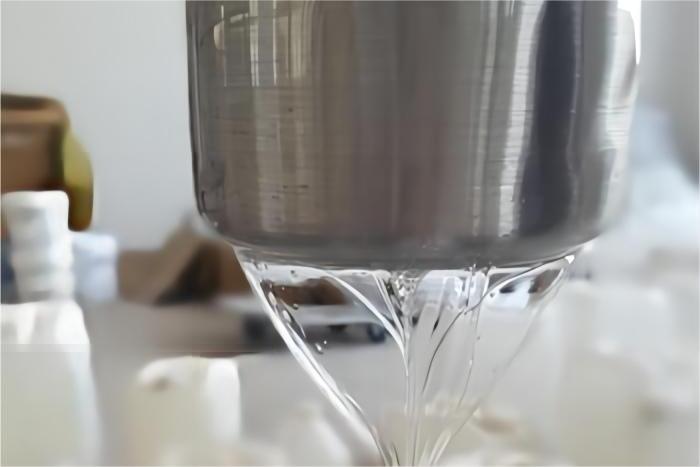Optical modification principle
The phenyl substituent increases the refractive index to 1.53 (close to 1.54 of collagen in the dermis), through optical interference:

The reflectivity of the blue light band increases by 23% to improve dull skin tone
A gradient refractive layer is formed at the wrinkles to visually reduce the depth of the gullies
Clinical tests show that essences containing 5% phenyl silicone oil can increase skin gloss by 41% and reduce static wrinkle visibility by 29%.
Thermal response characteristics
The unique glass transition temperature (Tg) property causes its modulus to drop by 85% at 32°C (skin temperature), forming an adaptive elastic membrane. This "smart membrane layer" maintains ductility during facial movements and provides support when stationary, dynamically simulating the mechanical properties of young skin.
Frontier developments
Nanostructured phenyl silicone oil (NSP-Sil) forms a hexagonal close-packed structure through self-assembly, which can increase the skin penetration rate of active ingredients by 3.8 times. A certain anti-wrinkle essence launched in 2024 uses this technology to increase the stability of retinol to 18 months and reduce irritation by 76%.
